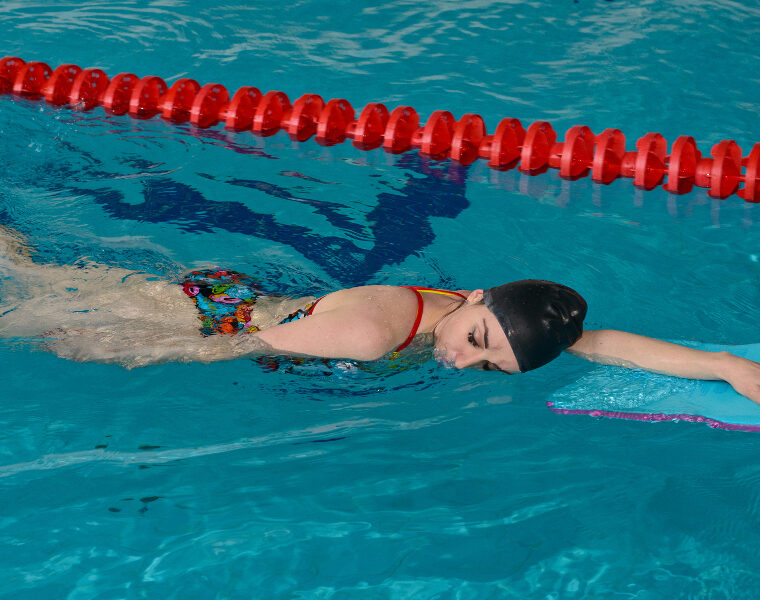We have put together 10 tips for more safety in the water for you. Observe these rules and prepare yourself optimally for a great swimming experience with lifeguard class near me.
- What are your limits?
Only go into water if you can swim safely and feel good. Never on a full or empty stomach. And don’t overestimate your fitness. Slowly increase the amount of time you stay in the water and don’t overdo it. - How to improve your swimming
technique You can quickly improve your swimming technique by training under the guidance of qualified swimming instructors. The right technique will take away your insecurity and give you confidence in your abilities. Detailed information about the offer in your regionin your regiondeliver the local groups of the DLRG. You can find the local groups for the six largest cities right here: - Do you know the body of water well enough?
Find out about special features such as danger spots, currents, shipping, nature reserves or bans. The more you know about the body of water, the better you can assess whether it meets your ability and is suitable for you. - Do not swim alone and inform your companion
Never go into the water alone and inform your companion about your fears and insecurities. Not only are you better protected, your fellow swimmers are also well prepared. This enables them to react faster and more specifically and to help if necessary. - Swim close to shore first, this gives you
confidence Before venturing into deep water, gain enough experience and gain confidence in areas where you can stand. - This is how you can keep the perspective
The water reflects the sun more than you think. Especially when the sun is low, you can’t see anything for a moment. Therefore, use tinted swimming goggles. It also protects your eyes from dirt and contaminated water. - How can you orientate yourself?
Trees, towers, flags or similar prominent points, so-called landmarks, can help you find your way in the water and not lose your bearings. - Local weather forecast
Find out about the weather, waves, currents and wind forecasts. Staying in the water is very dangerous during thunderstorms and strong currents.
Special care should be taken when swimming in the sea: the tides can cause unpredictable currents. Therefore, swim in the sea only in bays and on supervised beach sections.
- A more inflatable buoyancy device gives you more security
With arestroom on your hips, you always have extra buoyancy with you. Just knowing that you or your loved ones have a lifeguard class near me buoy in case of an emergency with a pull on the trigger will relax you enormously in your head. So you no longer concentrate on the fear, but on the beautiful experience in the water and the skepticism continues to decrease.
10.It depends on exertion and ambient temperature
Competitive swimmers in particular tend to train in slightly warmer water with temperatures between 24 and 28 degrees. And after an hour of training, it can be shown that the body has lost fluid – depending on how warm the water is. After an hour of training at a water temperature of 24 degrees, they lost about 0.2 liters of fluid. At 28 degrees, more than twice as much, namely half a liter. And in the hot thermal bath, the body may not have to move at all to start sweating.
Why is swimming so healthy and is it worth having your own pool in the garden?

